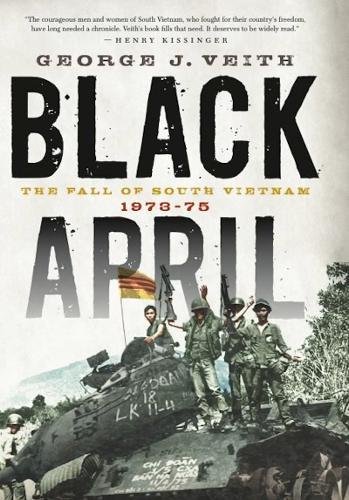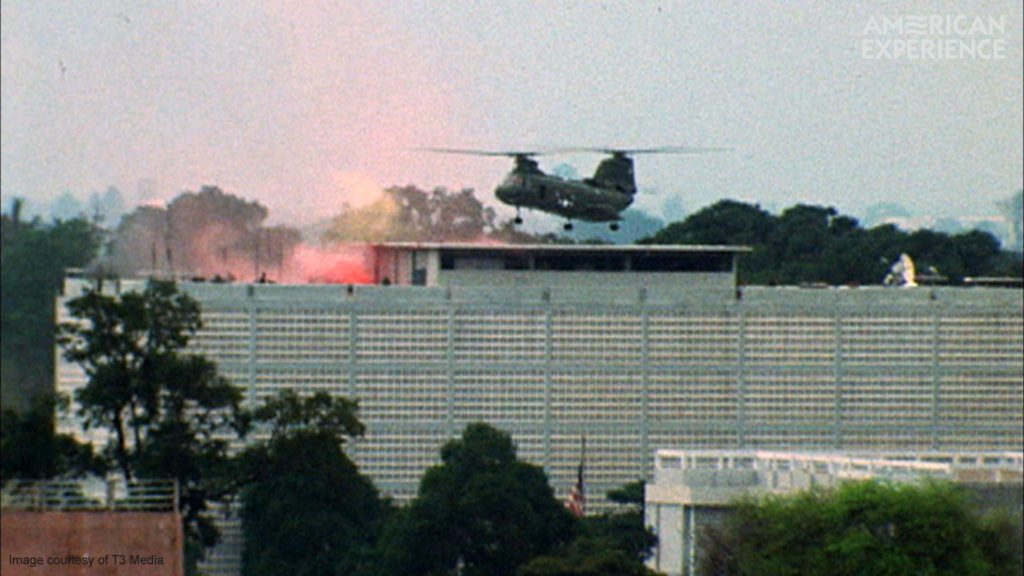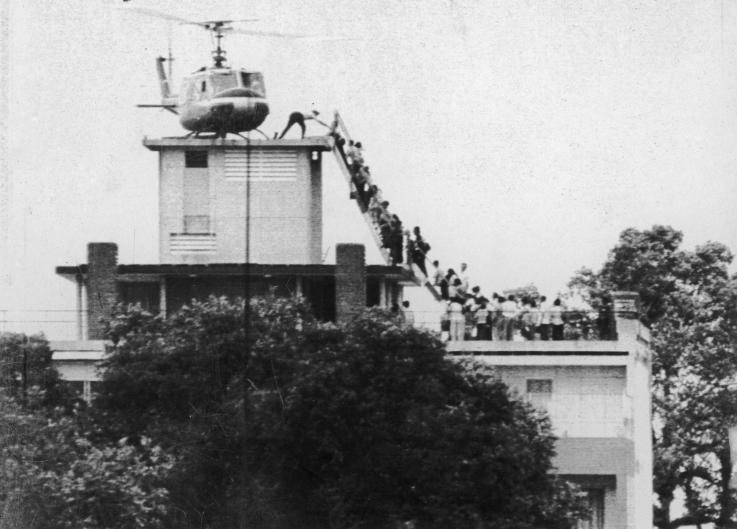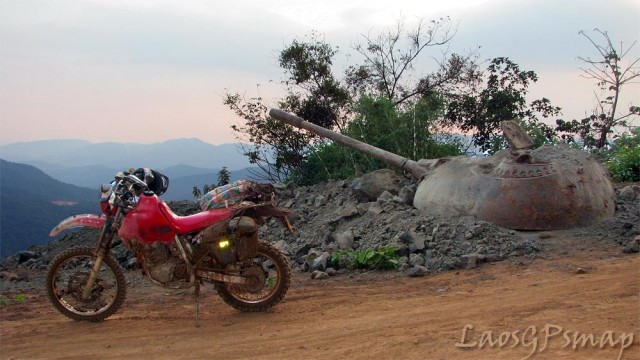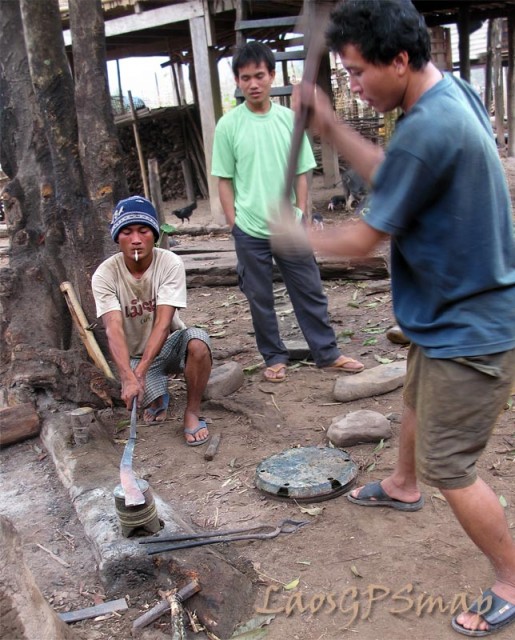August 10th is Agent Orange Awareness Day. It marks the day that the defoliant was first used in the Republic of South Vietnam in 1961. The day is meant to pay tribute to those who were exposed to Agent Orange and is a reminder of its lasting impact on many of those who served in Vietnam.

This one is personal to me. My father was medically retired from the Army in April 1972 and died almost exactly nine years later at age 62. He had served as the First Sergeant of an Army Engineers’ road building company in 1970-1971 stationed north-west of Saigon. Undoubtedly, they had sprayed Agent Orange at some period of time. Among the ailments which caused his medical retirement were both a stroke and heart issues. I don’t mean to put all the blame on Agent Orange as he was a heavy smoker but ischemic heart disease has been directly traced to it.
In 1972 he nor we knew much about the relationship between his probably exposure to Agent Orange and the disabling ailments he suffered. Likewise, when he died in 1981 it was just beginning to be understood. President Jimmy Carter had signed off on a Department of Veteran Affairs’ study only two year previously. It was not until 1991 that Congress passed the Agent Orange Act.
The Department of Veterans Affairs has recently added hypertension to the list of disabling ailments directly related to Agent Orange exposure. This is in addition to multiple types of cancer and other illnesses.
There is still much research to be done and other diseases to be added to the list. For example, I had a friend and client who died in early 2021 from pancreatic cancer. He had served in DaNang with the Air Force in 1968. His job was loading ordnance and Agent Orange on the various aircraft. His protective gear was a T-shirt. The VA still didn’t recognize his pancreatic cancer as being related to his direct exposure to Agent Orange which is a shame.
The use of Agent Orange officially ended in 1971. It is still impacting a generation of now older Americans. I hesitate to guess of its impact on Vietnamese civilians living in those same areas.
Just as there are areas of northeast France which are still no-go areas due to unexploded shells from World War One, the impact of the use of Agent Orange is still being felt almost 50 years since the Vietnam War came to a close.

